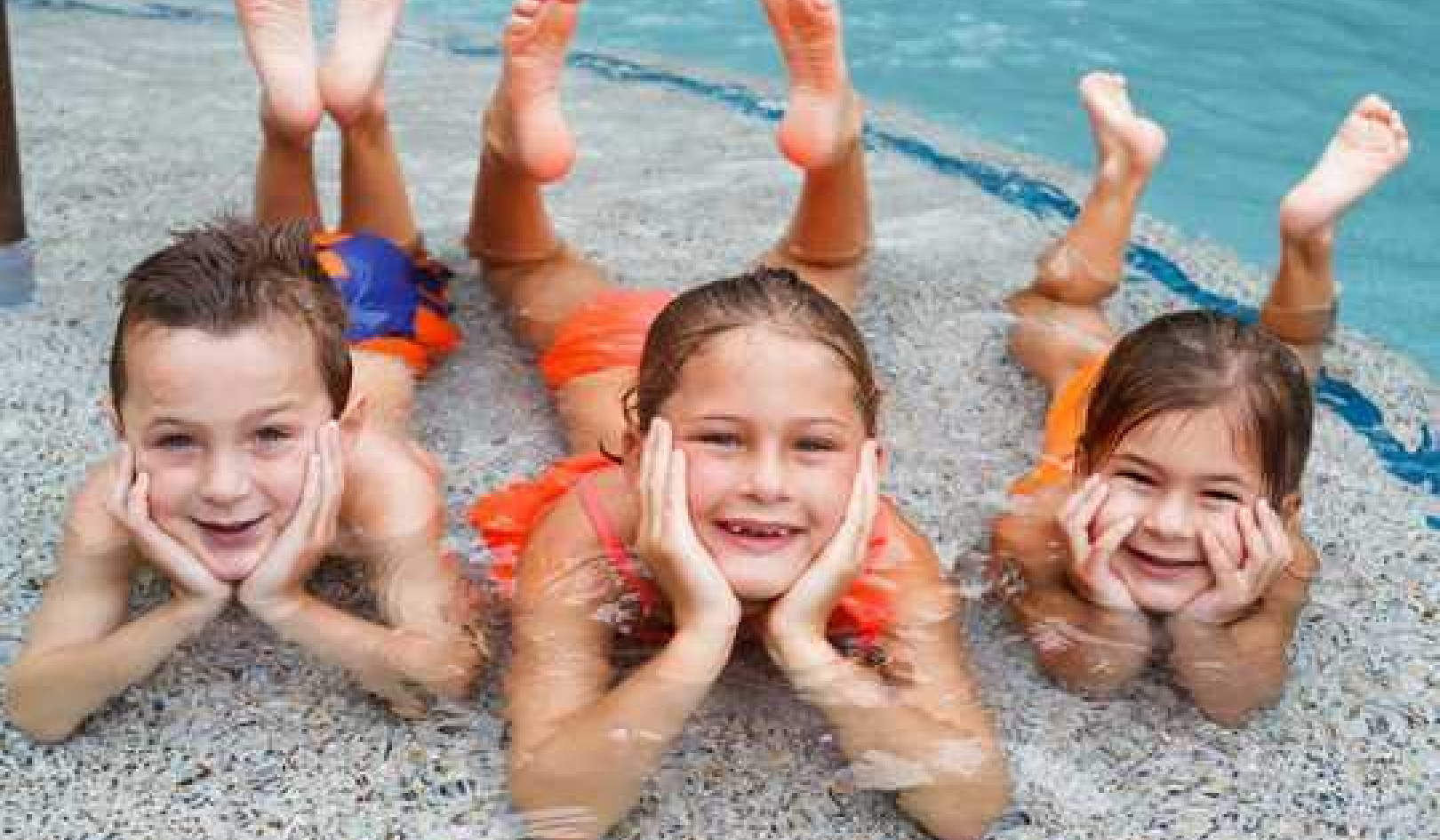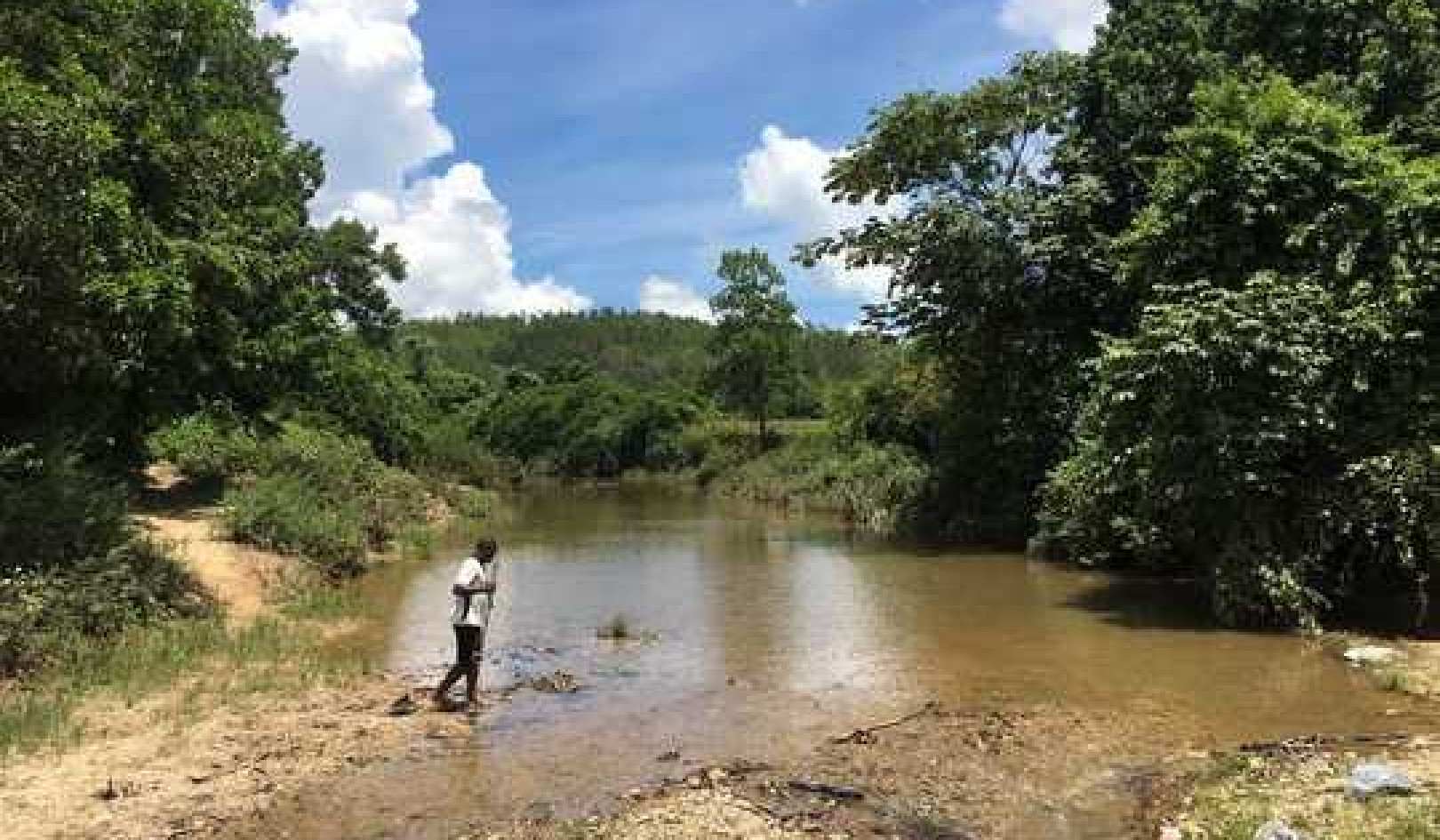
Article Summary:
As summer approaches, it's tempting to update your wardrobe. However, fast fashion's environmental impact is significant. This article provides four essential tips for building a sustainable wardrobe: buy less but better, repair and reuse, prioritize natural fibers, and choose simple, timeless pieces. By adopting these practices, you can minimize your wardrobe's carbon footprint and support more ethical fashion choices.

4 Sustainable Wardrobe Tips for a Greener Closet
by Maryse Côté-Hamel.
Fast fashion is harming our planet — these 4 tips can help you build a more sustainable wardrobe.
As sunny summer days return in the northern hemisphere, you may be looking to refresh your wardrobe. The allure of a whole “new you” is pervasive, and the foundation of many a successful marketing campaign.
Indeed, as the weather changes and we spend more time outdoors, you may need lighter summer clothing. However, before you run out to H&M, it is worth considering how you can sustainably add to your wardrobe while limiting its carbon footprint.
Sustainably adding to your wardrobe involves questioning your needs and taking your time shopping for each piece to understand how and where it was made — the antithesis of the fast fashion which has come to dominate global shopping trends.
These four tips can help you build a more sustainable wardrobe.
Fast becoming unsustainable
Fast fashion refers to the rapid production and distribution of clothing to reflect the latest trends. Since the early 1990s, technological improvements, lower costs of production and streamlined supply chains have significantly shortened fashion cycles. Clothes today can be made and sold to consumers at a low price within just a few weeks of being designed.
Two seasons — autumn/winter and spring/summer — were common in the Western fashion industry just a few decades ago. Nowadays, some retailers offer tens of small seasons a year. This constant churning of trends pushes consumers to update their wardrobes frequently by encouraging disposability.
While easier on the wallet, the consequences of the fast fashion industry are myriad. According to the United Nations Environment Programme, the global fast fashion-dominated clothing and textile sector is responsible for two to eight per cent of all global carbon emissions and nine per cent of annual microfibre pollution to oceans.
In addition, fast fashion uses about 215 trillion litres of water annually, the equivalent of 86 million Olympic-sized swimming pools. Moreover, workers are often exploited in inhuman conditions for little pay while shareholders pocket skyrocketing profits.
A report on the impacts of fast fashion produced by DW Planet A.
In response to these criticisms, a growing number of fast-fashion retailers, such as H&M and Zara, are claiming to take steps towards reducing their environmental footprint. These outlets claim, for instance, that they have replaced synthetic fibres and polyester, made from oil and petroleum, with natural and recycled ones.
However, the ubiquity of greenwashing across the fashion industry makes it hard to tell if these claims have any weight.
Sustainable shopping?
In the face of such serious concerns, how can anyone hope to shop sustainably?
The first, and in many ways most crucial, step is to simply commit to slowing down your approach to fashion itself by embracing sustainable fashion and shopping ethically to help put the brakes on overproduction and overconsumption.
1 - Buy less, buy better: While forgoing shopping or opting for hand-me-down and secondhand options is preferable to buying new from a sustainability standpoint, such avenues may not always be possible. Therefore, try and buy fewer items of a higher-quality from sustainably conscious brands. Being careful with where, and what, you purchase can help limit the negative environmental and societal impacts of our clothing purchases.
However, most fashion retailers do not control the entire supply chain and, thus, cannot guarantee the sustainability of their clothing. This means consumers must be diligent when shopping and make informed choices themselves.
Recycling and clothing rental are valid options, however, it is worth noting that textile recycling can be expensive and not without environmental impact in terms of both materials and carbon footprint.
If you do opt for a clothing rental service, then avoid using online services that rely on delivery. Likewise, if you must purchase your clothes online, then avoid fast fashion sites like Temu in favour of buying directly from manufacturers you trust.
2 - Repair, reuse and recycle: Prolonging clothing life by wearing pieces over several years and mending it when required, rather than throwing it away, can also be a great way to reduce the environmental footprint of your wardrobe. Even paying for a pair of jeans to be professionally repaired will likely be considerably cheaper than buying new — saving you money in the long-run.
Patagonia, a California-based outdoor gear retailer, encourages consumers to “repair, reuse, and recycle” items. They practice what they preach, using materials, among others, made of recycled bottles since 1993.
The French government recently introduced a country-wide program to subsidize clothes and shoe repairs with the aim to reduce the amount of clothing thrown away. Check to see if your area has similar programs and petition for their creation if not.
3 - Prioritize natural fibres: Opt for natural fibres such as organic cotton, linen, silk, hemp and bamboo. Ideally, clothing should be durable, locally manufactured and made from fair-trade, sustainably sourced natural materials.
While natural fibres are ideal for everyday clothing, synthetic high-performance materials are essential in athletic wear or water-resistent outdoor apparel that can withstand the elements. Recycled materials and other “circular” manufacturing processes should be sought out for these needs where possible.
4 - Choose simple, timeless pieces: Clothing, such as jeans, should be worn for as long as possible and be made from safe, recycled or renewable materials. The design of the garment should also be minimal. For instance, distressed jeans require the use of several toxic chemicals to give them their worn-out appearance.
Forgo ever-changing trends — such as the short-lived Regencycore or Barbiecore — and add to your wardrobe slowly. Make sure that every item you buy is a good fit and aligns with your current lifestyle.
In today’s world of high turnover fast fashion, it can be easy to feel overwhelmed or despondent at the relative lack of sustainable options. However, it is possible to add to your wardrobe sustainably by questioning your needs and taking your time shopping for each piece to understand how and where it was made.
In time, you may even come to appreciate a smaller well-curated wardrobe of timeless pieces that you can wear for years, and not just a few weeks.![]()
Maryse Côté-Hamel, Assistant Professor of Consumer Sciences, Université Laval
Conclusion:
Fast fashion is harming our planet, but you can make a difference by adopting sustainable wardrobe practices. By buying fewer but higher-quality items, repairing and reusing clothing, choosing natural fibers, and focusing on timeless pieces, you can significantly reduce your environmental impact. Embracing a more thoughtful approach to fashion not only benefits the planet but also helps you develop a well-curated wardrobe that lasts for years.
This article is republished from The Conversation under a Creative Commons license. Read the original article.
Books on The Environment from Amazon's Best Sellers list
"Silent Spring"
by Rachel Carson
This classic book is a landmark in the history of environmentalism, drawing attention to the harmful effects of pesticides and their impact on the natural world. Carson's work helped to inspire the modern environmental movement and remains relevant today, as we continue to grapple with the challenges of environmental health.
Click for more info or to order
"The Uninhabitable Earth: Life After Warming"
by David Wallace-Wells
In this book, David Wallace-Wells offers a stark warning about the devastating effects of climate change and the urgent need to address this global crisis. The book draws on scientific research and real-world examples to provide a sobering look at the future we face if we fail to take action.
Click for more info or to order
"The Hidden Life of Trees: What They Feel, How They Communicate?Discoveries from A Secret World"
by Peter Wohlleben
In this book, Peter Wohlleben explores the fascinating world of trees and their role in the ecosystem. The book draws on scientific research and Wohlleben's own experiences as a forester to offer insights into the complex ways that trees interact with one another and the natural world.
Click for more info or to order
"Our House Is on Fire: Scenes of a Family and a Planet in Crisis"
by Greta Thunberg, Svante Thunberg, and Malena Ernman
In this book, climate activist Greta Thunberg and her family offer a personal account of their journey to raise awareness about the urgent need to address climate change. The book provides a powerful and moving account of the challenges we face and the need for action.
Click for more info or to order
"The Sixth Extinction: An Unnatural History"
by Elizabeth Kolbert
In this book, Elizabeth Kolbert explores the ongoing mass extinction of species caused by human activity, drawing on scientific research and real-world examples to provide a sobering look at the impact of human activity on the natural world. The book offers a compelling call to action to protect the diversity of life on Earth.
























